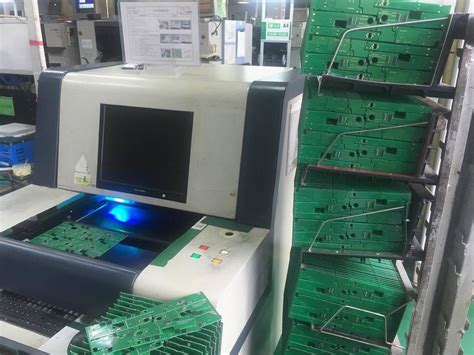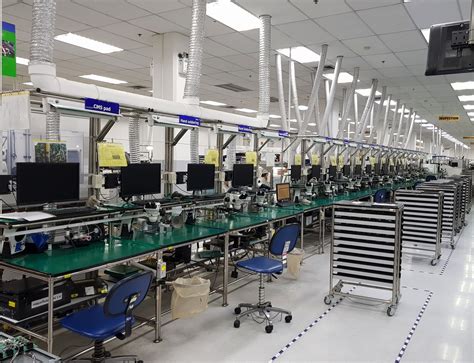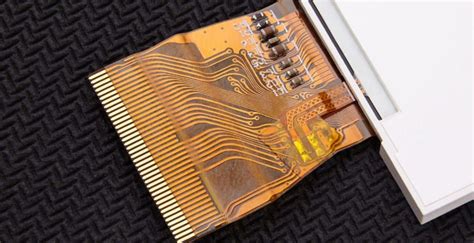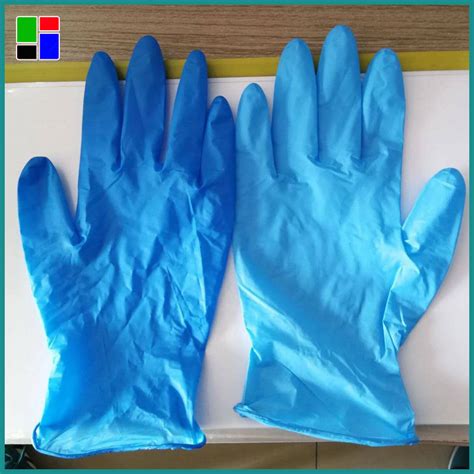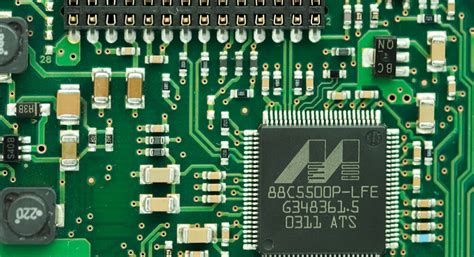Advancements in SMT PCB Manufacturing Techniques and Technologies

Key Takeaways
The field of SMT PCB manufacturing has witnessed remarkable advancements in recent years, driven by the relentless pursuit of enhanced efficiency, precision, and quality in the production of printed circuit boards. One of the most significant innovations is the development of advanced materials that improve thermal conductivity and reduce signal loss, ultimately leading to superior performance in electronic devices. Moreover, automation technologies are transforming the landscape by enabling faster PCB assembly processes while minimizing human error. For instance, state-of-the-art pick-and-place machines are now capable of handling a wider variety of components with unparalleled accuracy.
In addition to automation, improved inspection techniques such as automated optical inspection (AOI) and X-ray inspection are being integrated into the manufacturing process. These technologies ensure that every unit meets stringent quality standards and contributes to seamless production flow. The implementation of real-time monitoring systems further enhances traceability throughout the PCBA process, allowing manufacturers to identify and address issues swiftly.
Another key trend includes the shift towards more eco-friendly practices in PCB assembly. Manufacturers are increasingly adopting lead-free soldering techniques and environmentally sustainable materials to meet regulatory standards while also being mindful of their impact on the environment. This evolution not only aligns with global sustainability goals but also appeals to a growing consumer base that prioritizes green practices.
As these advancements continue, they promise a brighter future for electronics technology, paving the way for innovations that we have yet to imagine. The ongoing evolution within SMT PCB manufacturing underscores its critical role in enhancing modern electronic devices, driving creativity and progress across industries.
| Advancements | Impact on PCBA Process |
|---|---|
| Advanced Materials | Improved thermal conductivity |
| Automation Technologies | Reduced production time |
| Enhanced Inspection Techniques | Higher quality assurance |
| Sustainable Practices | Compliance with regulations |

In recent years, the landscape of SMT PCB manufacturing has undergone significant transformation, driven by emerging technologies and innovative techniques. These advancements are crucial in enhancing efficiency, precision, and overall quality within the production of printed circuit boards (PCBs). A notable trend is the incorporation of automation technologies into pcb assembly processes. This automated approach not only streamlines operations but also minimizes human error, leading to higher yield rates and lower production costs. Furthermore, the integration of artificial intelligence (AI) in quality control systems allows for real-time monitoring and analysis, ensuring that any deviations from specified standards are promptly addressed. Another innovation is the development of advanced soldering techniques that improve connectivity while reducing thermal damage to sensitive components—an essential factor in maintaining the integrity of multi-layered pcba systems. As these technologies continue to evolve, they pave the way for more complex designs that are both reliable and efficient, ultimately shaping the future landscape of electronics and pcb assembly methodologies. As we navigate these cutting-edge advancements, it becomes evident that the ongoing enhancements in SMT processes will not only boost productivity but also enable manufacturers to meet the growing demands for more sophisticated electronic devices.
Conclusion
In the rapidly evolving landscape of SMT PCB manufacturing, staying abreast of the latest advancements is crucial for organizations aiming to maintain a competitive edge. Recent innovations have significantly improved the efficiency and precision of pcb assembly, propelling the quality of printed circuit boards (PCBs) to new heights. Techniques such as automated visual inspections, advanced soldering processes, and improved materials have revolutionized the PCBA process. These advancements not only enhance production speed but also reduce the likelihood of defects, ultimately leading to more reliable and robust electronic devices.
Furthermore, leveraging data analytics and machine learning in manufacturing processes allows for real-time monitoring and predictive maintenance, ensuring minimal downtime. As manufacturers adopt these technologies, they become better equipped to meet the increasing demand for high-quality electronic components.
“Embrace innovation in manufacturing as it paves the way for a more efficient production process.”
By prioritizing continuous improvement and integrating state-of-the-art techniques in pcb assembly, businesses can better navigate future challenges in electronics production while ensuring high standards for quality and reliability. As we look ahead, it is evident that these advancements play a significant role in shaping the future of SMT PCB manufacturing.

FAQs
What is SMT PCB manufacturing?
SMT PCB manufacturing refers to Surface Mount Technology (SMT) used in the production of printed circuit boards (PCBs). This process involves the mounting of electronic components directly onto the surface of a PCB, optimizing space, and improving assembly efficiency.
What are the advantages of PCBA in SMT technology?
PCB assembly (PCBA) using SMT technology offers several advantages, including reduced production costs, increased assembly speed, and enhanced reliability. The compact design allows for more components to be placed within a smaller area, which is ideal for modern electronic devices.
How has technology improved SMT PCB manufacturing?
Recent advancements in smt pcb manufacturing have introduced innovative techniques such as automated assembly lines, improved soldering methods, and enhanced inspection technologies. These improvements contribute to greater accuracy and consistency in pcb assembly, ensuring high-quality end products.
What materials are commonly used in SMT PCB production?
Common materials include FR-4 glass epoxy laminates for the substrate, along with various types of solder pastes. These materials not only support effective electrical performance but also contribute to the longevity of the pcba products.
How does one ensure quality during SMT PCB assembly?
Quality assurance during PCB assembly (PCBA) is carried out through rigorous testing protocols such as Automated Optical Inspection (AOI) and X-ray inspection. Regular audits and adherence to industry standards also play significant roles in maintaining high-quality outputs throughout the process.

